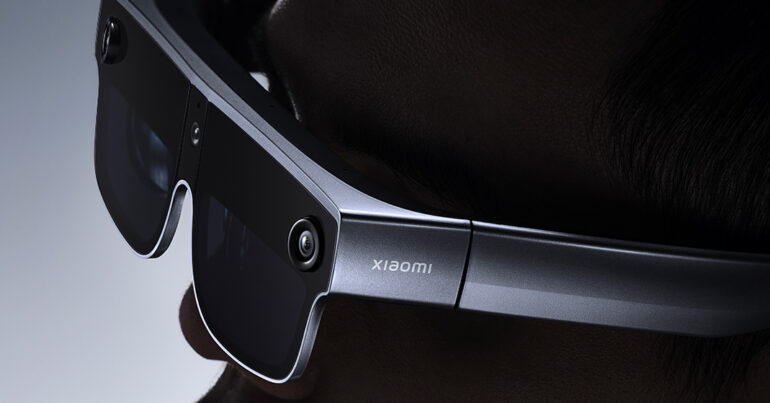AR is an amazing notion, but it’s unclear if the world has the processing capacity to make such a wonderful vision a reality. Undaunted, Xiaomi has announced the Wireless AR Glass Discovery Edition, a tiny AR headset powered by the same Snapdragon XR2 Gen 1 processor as the Quest Pro. According to the business, these enormous sunglasses provide an attractive method to integrate the digital and physical worlds while, most importantly, without needing a physical connection to a smartphone.
Xiaomi made the hardware, which weighs 126g (4.4 ounces), with magnesium-titanium alloy and carbon fibre sections to minimise the burden. It also has a custom-made silicon-oxygen anode battery, which Xiaomi claims would lessen the user’s physical load. (One user disagrees, stating from personal experience that anything more than 100g pressure on your nose is still too much to bear for lengthy periods of time.)

